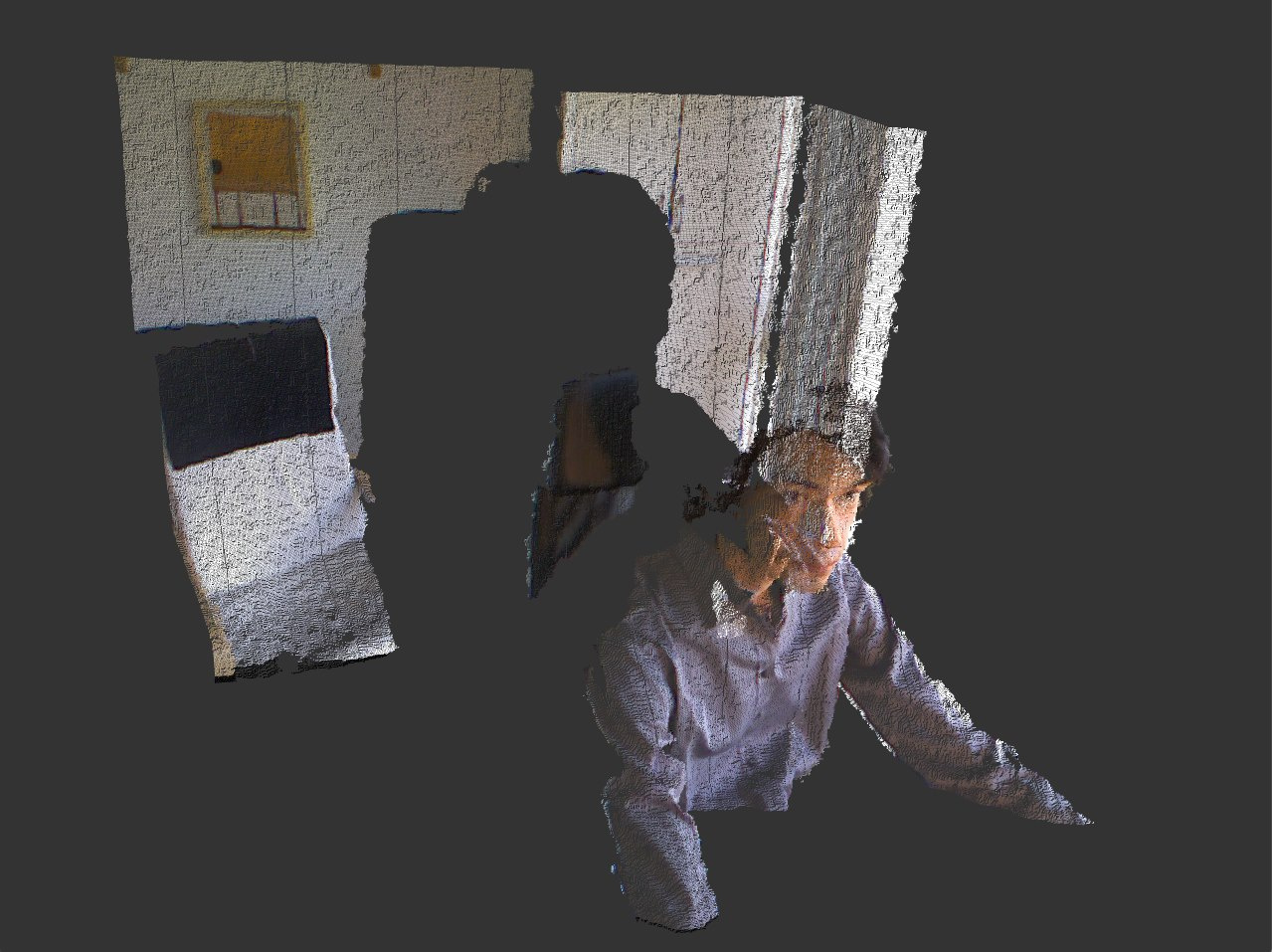- Event
Takuto Fukuda
Work-in-Progress concert with presentation
Fri, May 06, 2022 8:00 pm CEST
- Location
- Cube
- Language
- English
With his latest audiovisual work, Takuto Fukuda explores the boundaries between reality and virtuality in a work-in-progress performance. In addition, he will give a lecture in which he locates the European premiere of his composition in current events.
The Japanese composer Takudo Fukuda created the mixed reality composition »Simulacra« for cello and electronics using volumetric capturing and holographic projections. This virtualization of the cellist's playing in Takuto Fukuda's work is realized using Volumetric Capturing (Evercoast). The piece describes the blurred boundaries between a real and a virtual performance in the context of an audiovisual performance and raises the socio-cultural question: What is it that creates the feeling of an "authentic" concert experience in the age of simulation? Today's pop music concerts focus on simulating the mediated image of the singers rather than conveying their musicianship. This calls into question the role of the performers - is their presence an embodiment of the performers' intention or an incarnation of a simulation? Through the superimposition of and the interplay between the physically existent performing body and the volumetrically generated audiovisual projections, this piece aims to highlight the augmentation of gesture-sound coupling in performing actions as a new authenticity in concert performance today.
Fundamental to the realization of the piece is the collaboration with cellist Esther Saladin, who is scanned during her playing in order to reproduce the processed recordings in the concert space. This virtualization of the cellist's playing in Takuto Fukuda's work is realized by using Volumetric Capturing. The process makes it possible to record, edit and store scenes in their three-dimensional reality. Volumetric capturing is an elaborate process that scans the instrumentalist from all sides using a large number of sensors distributed throughout the room and reassembles this data into a complete image. The process makes it possible to change the viewing angle afterwards.
Esther Saladin is in demand as a soloist and chamber music partner of various trio formations and ensembles in the field of contemporary and classical music on the stages. She often combines music with other art forms in her productions.
Prior to the performance of the work, Fukuda will speak in a lecture about simulation and authenticity in the stage context and provide clues that situate the piece in contemporary events.
Track
-
Takuto Fukuda »Simulacra«, (2019 – 2022), for five cellists and audiovisual electronics, 34’ European premiere
»Simulacra« is a composition for five cellists and audiovisual projections. This piece reflects Jean Baudrillard’s concept of “simulacrum” defined as a “copy without original,” and addresses the following question: what is it that engenders a sense of ‘authentic’ concert experience in the age of simulation? In his book »Liveness: Performance in a Mediatized Culture« (2011), Philip Auslander asserts that the authentic object for listeners in pop music concerts has changed from performers' actual musicianship to a simulation of recorded performances that have never existed in the real world, but were created with the extensive use of studio production techniques (e.g., lip-synced performances). Drawing on this historical transition of authenticity in concerts from actual to fictional performance, this composition presents the hybridity of corporeal performance and audiovisual imagery as a new authentic experience in a concert. The piece reflects the concept of “simulacrum” in theatrical and musical ways. Theatrical simulacra are achieved by the use of multiple visible “copies” of a single main cellist. The copies may be other performers whose identity is unidentifiable, as they wear a mask, perform off stage and perform in a virtual world created in the video projections. Musical simulacra are brought into being by the use of audible “copies” of a cello performance. This copies may be created by splicing recorded performances, using physical modeling synthesis and immersive audio projection systems. These approaches enable »Simulacra« to merge the actually existent and fictionally projected performances into an unrealistically augmented real performance.
Author: Takuto Fukuda
Legal information
ZKM | Hertz-Lab
Ludger Brümmer (Artistic director)
Yannick Hofmann (Project manager EASTN-DC)
Dominik Kautz (Production manager & program)
Boris Neubert (volumetric capturing, Evercoast)
Bernd Lintermann (Technical support)
Jakob Schreiber (Sound engineer)
Hans Gass (Light & stage technician)
Götz Dipper (Coordinator guest artists)
ZKM | Videostudio
Xenia Leidig, Lisa Michel (Camera)
ZKM | Communication & Marketing
Tanja Binder (Head of ZKM | Communication & Marketing)
Samira Kaiser, Ida Kammerer, Svenja Liebig, Anouk Widmann (Homepage & Communication)
Organizing Organization / Institution
Funder
The event takes place within the frame of the project EASTN-DC, co-funded by the »Creative Europe Programme« of the European Union.
